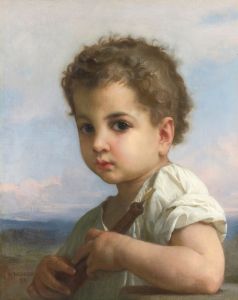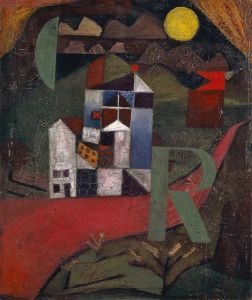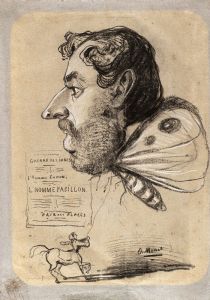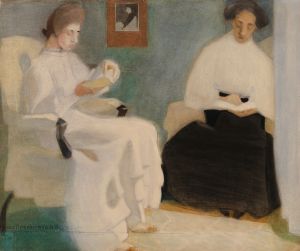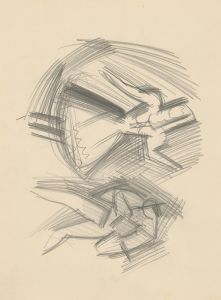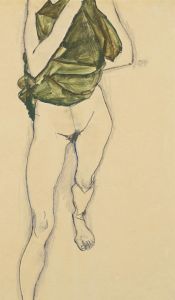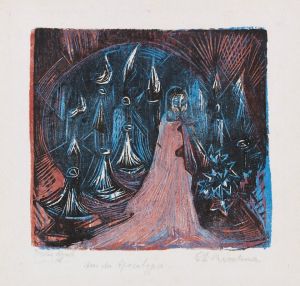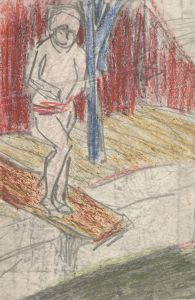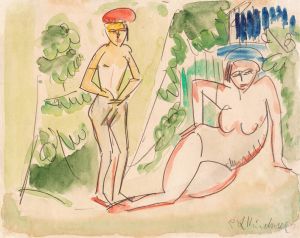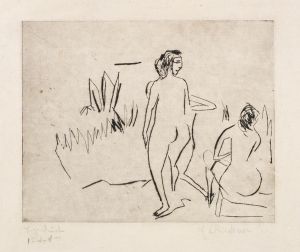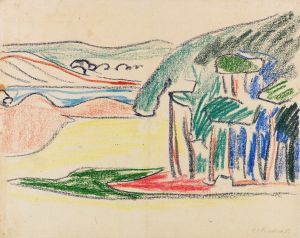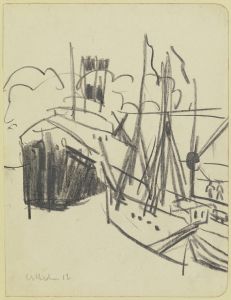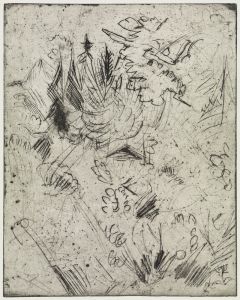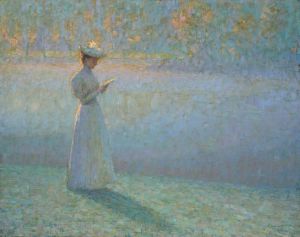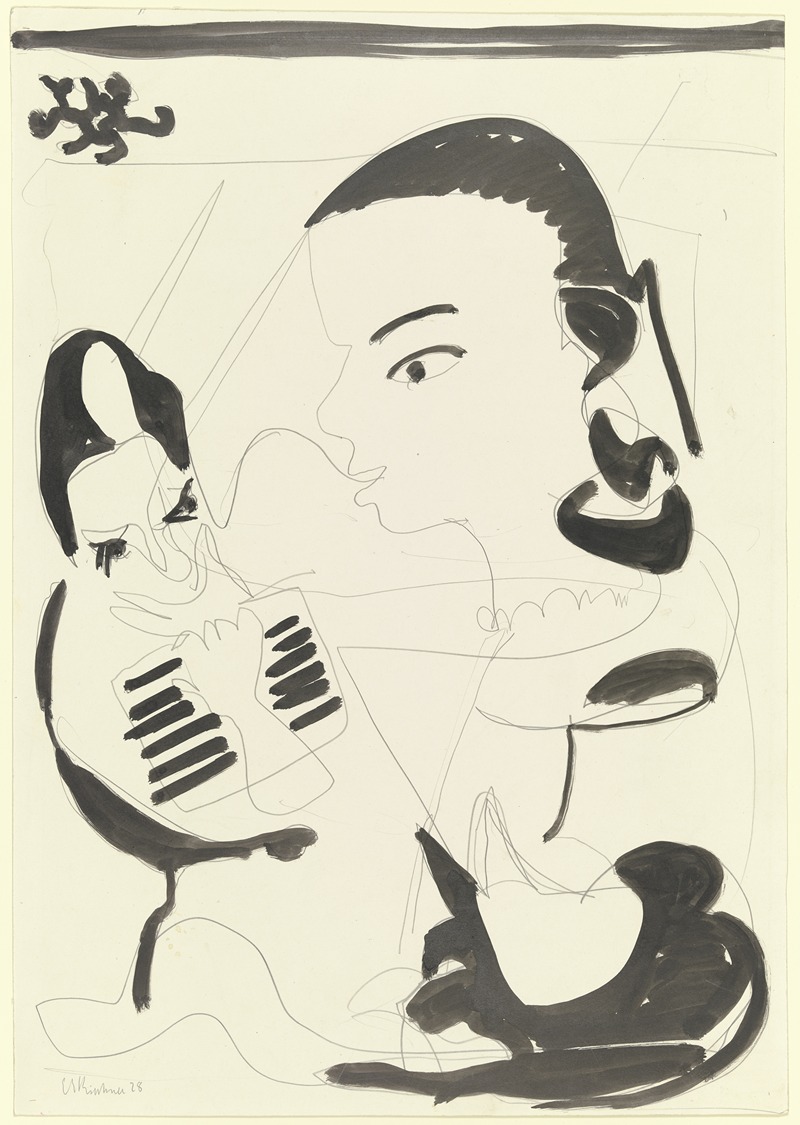
Lesender und junges Mädchen
A hand-painted replica of Ernst Ludwig Kirchner’s masterpiece Lesender und junges Mädchen, meticulously crafted by professional artists to capture the true essence of the original. Each piece is created with museum-quality canvas and rare mineral pigments, carefully painted by experienced artists with delicate brushstrokes and rich, layered colors to perfectly recreate the texture of the original artwork. Unlike machine-printed reproductions, this hand-painted version brings the painting to life, infused with the artist’s emotions and skill in every stroke. Whether for personal collection or home decoration, it instantly elevates the artistic atmosphere of any space.
Ernst Ludwig Kirchner, a prominent German expressionist painter and one of the founding members of the influential art group Die Brücke, created the painting "Lesender und junges Mädchen" (translated as "Man Reading and Young Girl"). Kirchner's work is celebrated for its bold use of color, dynamic compositions, and exploration of modern life themes, often reflecting the tensions and vibrancy of early 20th-century Germany.
"Lesender und junges Mädchen" is a testament to Kirchner's distinctive style, characterized by expressive brushwork and vivid color palettes. The painting depicts an intimate scene between a man engrossed in reading and a young girl, capturing a moment of quiet interaction. Kirchner's ability to convey emotion and narrative through minimalistic yet powerful imagery is evident in this work. The figures are rendered with a sense of immediacy and spontaneity, typical of Kirchner's approach to capturing the essence of his subjects.
Kirchner's involvement with Die Brücke, which he co-founded in 1905, was instrumental in the development of German Expressionism. The group sought to break away from traditional artistic conventions, emphasizing emotional experience over realistic representation. This ethos is reflected in "Lesender und junges Mädchen," where the focus is on the emotional connection between the figures rather than detailed realism.
The painting also highlights Kirchner's interest in the human form and interpersonal relationships, themes recurrent in his oeuvre. His work often explores the complexities of human interaction, set against the backdrop of the rapidly changing society of his time. "Lesender und junges Mädchen" can be seen as a reflection of these interests, portraying a moment of introspection and connection amidst the broader context of modern life.
Kirchner's art was deeply influenced by his surroundings and personal experiences. He spent significant time in Berlin, where the bustling urban environment and its inhabitants became a rich source of inspiration. His works from this period often depict scenes of city life, capturing the energy and dynamism of the metropolis. Although "Lesender und junges Mädchen" presents a more subdued scene, it still embodies the expressive qualities and modernist concerns that define Kirchner's Berlin period.
Throughout his career, Kirchner faced numerous challenges, including the impact of World War I and the subsequent political and social upheavals in Germany. Despite these difficulties, he continued to produce art that resonated with the spirit of his time. His contributions to modern art were recognized posthumously, as his work gained greater appreciation and scholarly attention.
"Lesender und junges Mädchen" remains an important piece within Kirchner's body of work, exemplifying his mastery of expressionist techniques and his ability to convey profound human emotions through art. The painting is a valuable representation of Kirchner's artistic vision and his role in shaping the trajectory of modern art in the early 20th century.





